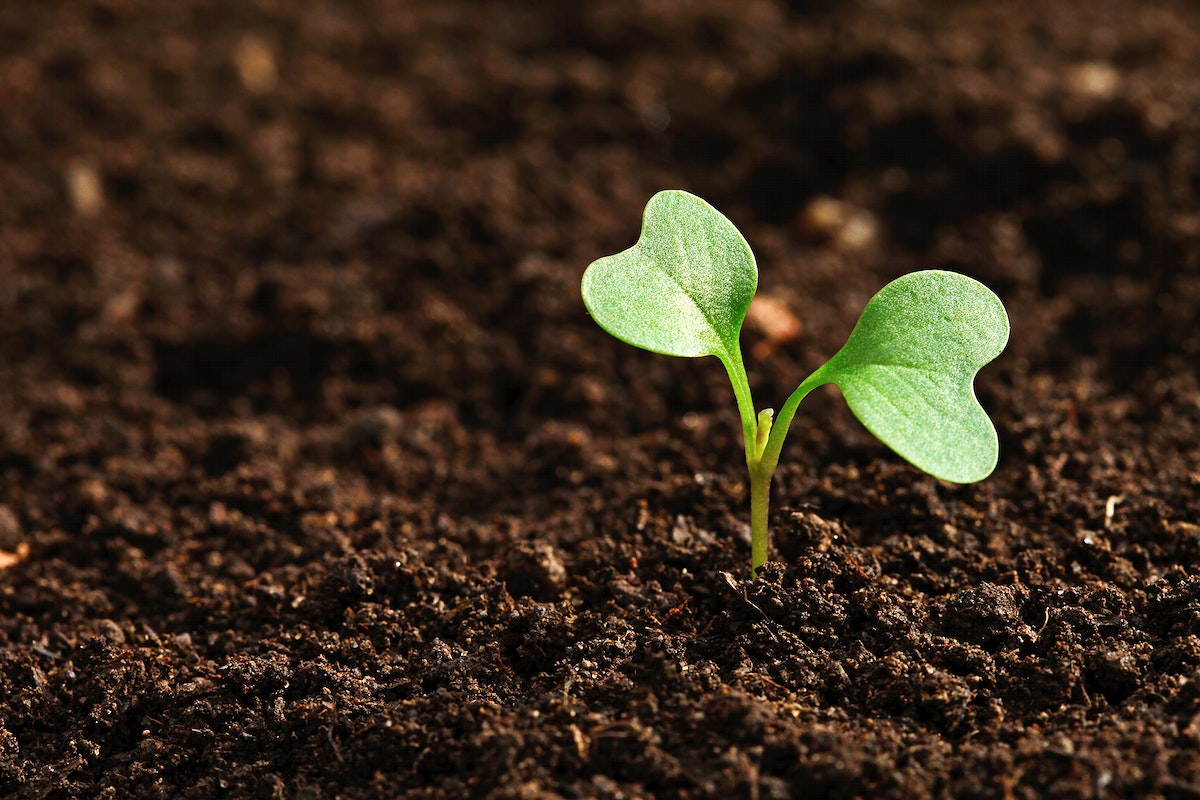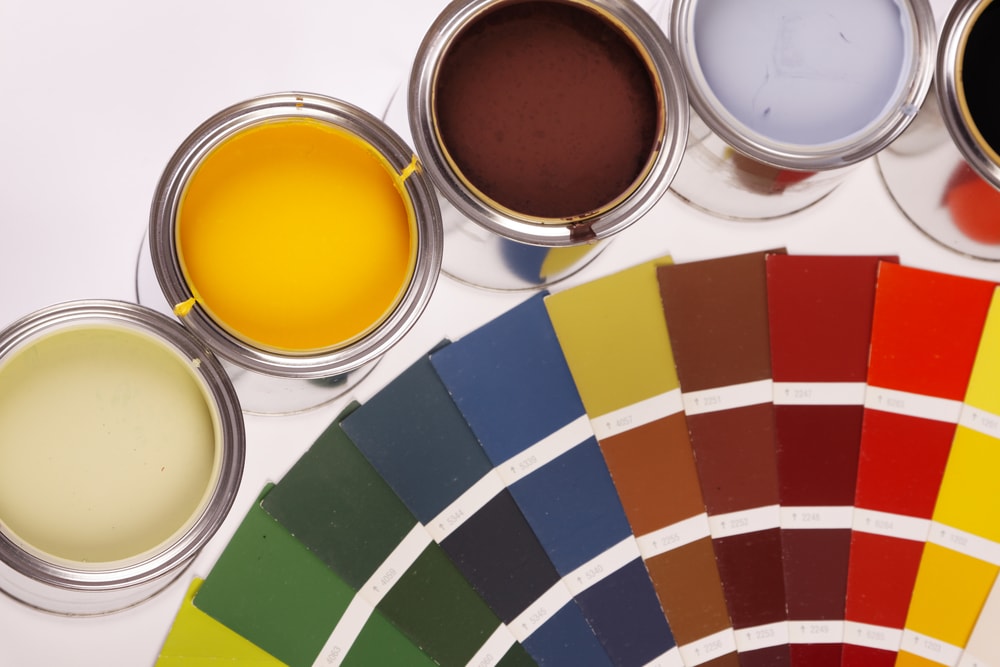Are you throwing away food scraps that could grow into fresh produce right on your kitchen counter? If you’re looking to save money, eat healthier, and contribute to a greener planet, regrowing kitchen scraps is a win-win. This simple, rewarding practice lets you transform everyday leftovers into thriving vegetable gardens—no green thumb or big backyard required.
Whether you’re a curious beginner or a seasoned plant lover, let’s dig into how regrowing kitchen scraps can benefit your life, which plants regrow best, and step-by-step tips to start your indoor garden today.
Why Regrow Kitchen Scraps?
Regrowing kitchen scraps isn’t just a fun kitchen experiment—it’s a lifestyle choice with long-lasting impact. Here’s why it’s catching on across the world:
- Reduces food waste: Instead of tossing carrot tops or celery bases, you can give them a new life.
- Saves money: Fresh herbs and veggies can get pricey, but regrown scraps keep your pantry stocked for free.
- Promotes sustainability: Less waste means a smaller carbon footprint and less reliance on large-scale agriculture.
- Fresh at your fingertips: Imagine picking fresh green onions or basil indoors, whenever you need them.
Making a habit of regrowing kitchen scraps is one of the most accessible ways to live sustainably. Not only do you reduce waste, but you also enjoy fresh food straight from your windowsill.
The Best Kitchen Scraps to Regrow at Home
Not all food scraps are created equal. Some veggie and herb leftovers are super easy to regrow, even in small apartments. Here are top candidates for success:
1. Green Onions and Spring Onions
These are arguably the easiest kitchen scraps to regrow. Simply place the white root ends upright in a glass of water. Change the water every few days, and you’ll see new shoots appear within a week. After roots grow longer, transplant them into a pot for an endless supply.
2. Celery
Cut off the bottom 2 inches of a celery stalk. Place it in a shallow bowl of water with the base facing down. Over several days, the center will sprout fresh leaves. In about a week, plant it in soil to encourage full regrowth. Tender green stalks will soon be ready for your next salad.
3. Lettuce and Cabbage
Romaine lettuce and cabbage bases regrow remarkably well. Set the leftover base in a bowl of water, exposed to sunlight. Mist the leaves occasionally, and watch for leaf regrowth from the center. Transition to a pot with soil after a week or two for a heartier plant.
4. Carrot Tops
While carrots themselves don’t regrow from scraps, their leafy green tops do! Place carrot tops in a shallow dish of water, and you’ll get delicate greens, perfect for garnishes or pesto.
5. Garlic and Onion
Sprouting garlic cloves or onion bulbs can be planted directly into the soil. Keep them in a sunny spot and water regularly. Soon you’ll have garlic greens or new onions.
6. Potatoes
If you find sprouting eyes on your potatoes, don’t throw them out! Cut into chunks with at least one eye each, let the pieces dry for a day, then plant in soil. In a few weeks, you’ll have potato plants ready for harvest.
7. Herbs: Basil, Mint, and Cilantro
Herb stems root easily in water. Place trimmed stalks in a cup so leaves sit above water. Once roots appear, transplant to soil. Keep snipping leaves to encourage bushy growth.
Step-By-Step Guide to Regrowing Kitchen Scraps
Ready to turn leftovers into living plants? Follow these fundamental steps to get started on your regrowing journey.
Step 1: Select and Prep Your Scraps
Choose healthy, fresh-looking scraps for best results. Rinse them gently to remove any dirt or residue.
Step 2: Place in Water
For most scraps, use a clear jar or glass. Submerge the root side in water, making sure leaves and tops stay above the surface. Keep the container in a bright area—kitchen windowsills are perfect.
Step 3: Wait for Roots and Growth
Within days, you’ll notice roots and small green shoots. Change the water every 2–3 days to keep it clean and prevent mold.
Step 4: Transition to Soil
Once you see established roots and healthy growth, transplant the scrap into a pot with organic soil. This gives your plant proper nutrients and room to flourish.
Step 5: Care for Your Plants
Water when the soil is dry an inch below the surface, and keep your plants in a sunlit spot. Regularly snip greens and harvest as needed—it’s your own edible micro-garden!
Pro Tips for Regrowing Success
- Sunshine matters: Most regrowing scraps need at least 4–6 hours of sunlight per day.
- Don’t overwater: Too much water can cause rot. Let soil dry slightly between watering sessions.
- Reuse and rotate: Keep experimenting with different produce scraps—find what grows best in your climate and kitchen.
- Get the kids involved: Regrowing kitchen scraps is educational and exciting for children, sparking curiosity about how food grows.
Common Mistakes to Avoid
- Using scraps that are moldy or overly wilted—choose only healthy pieces.
- Forgetting to change the water, which leads to bacterial build-up and poor growth.
- Not providing adequate light, resulting in leggy, weak plants.
- Planting scraps too deep in soil; for most, only roots should be covered.
Creative Ways to Use Regrown Veggies and Herbs
- Salad toppers: Use carrot tops, lettuce, and herbs to dress up basic salads.
- Flavor boosters: Fresh basil, green onions, and cilantro brighten up any meal.
- Garnishes: Snip greens as vibrant, nutrient-rich accents for soups and omelets.
- Kids’ snacks: Harvesting home-grown celery or lettuce makes healthy snacks fun.
Frequently Asked Questions
How long does it take to regrow kitchen scraps?
Many scraps produce visible results within a week, but full regrowth may take several weeks to a couple of months, depending on the plant and conditions.
Can I regrow scraps in any climate?
While most kitchen scraps regrow well indoors, optimal sunlight and warmth speed up the process. In colder climates, ensure your plants have a sunny window or use grow lights if needed.
Is regrown produce as nutritious?
Regrown greens and herbs offer similar nutrients to store-bought versions—plus, you control the environment, so no pesticides or chemicals are involved.
The Environmental Impact of Regrowing Scraps
Embracing regrowth means making a real difference for the earth. Food waste accounts for a significant portion of global greenhouse gas emissions. By starting in your own kitchen, you reduce landfill waste and the demand for intensive agriculture, which uses water and fossil fuels. Small steps like these, multiplied across millions of homes, can create true global change.
Conclusion: Grow More, Waste Less!
Regrowing kitchen scraps is an easy, fulfilling way to reconnect with your food, reduce waste, and nourish yourself with homegrown flavors. With just a few leftover pieces and a bit of patience, you can transform kitchen waste into thriving, beautiful plants—right at your fingertips.
Ready to start your regrowth adventure? Try regrowing a few scraps today—snap a photo of your progress and share it with others to inspire more sustainable living. Every scrap counts, and together, we can cultivate a greener, tastier future—right from our kitchens.
Call-to-Action:
Don’t let your veggie scraps end up in the bin! Start regrowing kitchen scraps now and experience the joy of fresh, homegrown produce. Share your regrowing journey and encourage friends and family to join—let’s grow a more sustainable world, one vegetable at a time!






